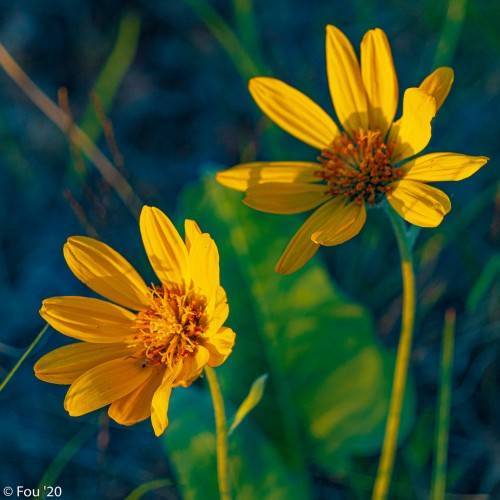
Hooker's Balsamroot
Balsamorhiza hookeri
Watering:
Minimal
Hardiness Zone:
Sun:
full sun,part shade
Leaf:
Yes
Growth Rate:
Low
watering
Carey's Balsamroot is a drought-tolerant plant species that prefers well-drained soil. The best time to water Carey's Balsamroot is in the early mornings or evenings when the temperatures are lower and the sun is not as intense. This allows the plant to absorb the water before the sun dries it up. In general, Carey's Balsamroot needs to be watered about once per week. You should check the soil a few inches below the surface before watering, as the plant's root system can be shallow and the top soil can be dry even if the soil is moist a few inches below. If the soil is dry a few inches below, then water the plant until the soil is moist but not saturated.
sunlight
Carey's Balsamroot is a type of plant native to Idaho and Montana in the United States. The species prefers full sun, ideally receiving 8 or more hours of direct sunlight per day. The optimal starting time is usually around 10 am, and ending time is around 6 pm. The plant should benefit from some early morning or late afternoon partial shade if possible, especially during the hotter months. Temperatures also play a role, and the plant should thrive in warm weather (daytime temperatures approaching 90 degrees F) but should be protected from frosts, particularly in winter. With the right balance of sun and warmth, Carey's Balsamroot can reach heights of 2 to 3 feet with yellow flowers blooming between May and August.
pruning
Carey's Balsamroot is best pruned in early to mid spring before new growth appears. It is best to prune away faded blooms and any dead or diseased branches and stems. Any weak, upright stems should be trimmed back to the ground. Also, you can selectively prune certain sections of the plant to encourage branching. This will create a bushier habit and allow more blooms to be produced. Light and timely pruning will help keep your Carey's Balsamroot looking its best for the growing season.
